- Get In Touch >
Instagram: kexin._.liu
Email: kexin.liu@network.rca.ac.uk
Instagram: kexin._.liu
Email: kexin.liu@network.rca.ac.uk
Inspired by the experience of failing to fully control my moods and thoughts while in depression, I started the research on microorganisms living in the human body and their impact on our sense of “self”, which eventually led to the questioning of human individuality and identity.
Named after the number of bacteria species detected in my body, this project looks into the millions of tiny organisms that constitute who I am as a person. Through 16s amplicon sequencing, the bacterial make-up is analysed and then translated into soundscapes. Later this sonic information is embedded in a vinyl record coloured with Serratia marcescens, a pigment-producing bacterium that can be found in the human body. Accompanying the vinyl is a catalogue containing the DNA reads of the 3607 bacteria and a clamshell box made out of bacteria-dyed book cloth.
The record was designed to split into four tracks, each corresponding to a different site where bacteria were sampled (oral & nasal cavity, gut, skin, and vagina). The sonic information for each track correlates with the composition and abundance of bacteria species inhabiting that specific body part.
Due to the limitation of the technology and our current knowledge of the bacteria, 8.8 percent of the total number of bacteria found are unclassifiable on the genus level, accounting for almost one-third of the bacteria species detected.
Since there was so little information on them other than their DNA reads, all the DNA sequences of the unclassifiable ones were translated in a linear fashion by assigning different sound frequencies to each nucleotide, creating a mysterious glitch for each species. As for all the identifiable bacteria, they were instead divided into different groups based on similar physical/behavioural characteristics, according to which sound objects were synthesised.
The final soundscape is a mix of literal transcription and human interpretation of the bacteria information we have, capturing the elusive beauty of bacterial life forms.
< CLICK HERE > to listen to the entire album.
In collaboration with Jiajing Zhao & Mariana Neves, London, 2022 – 2023.
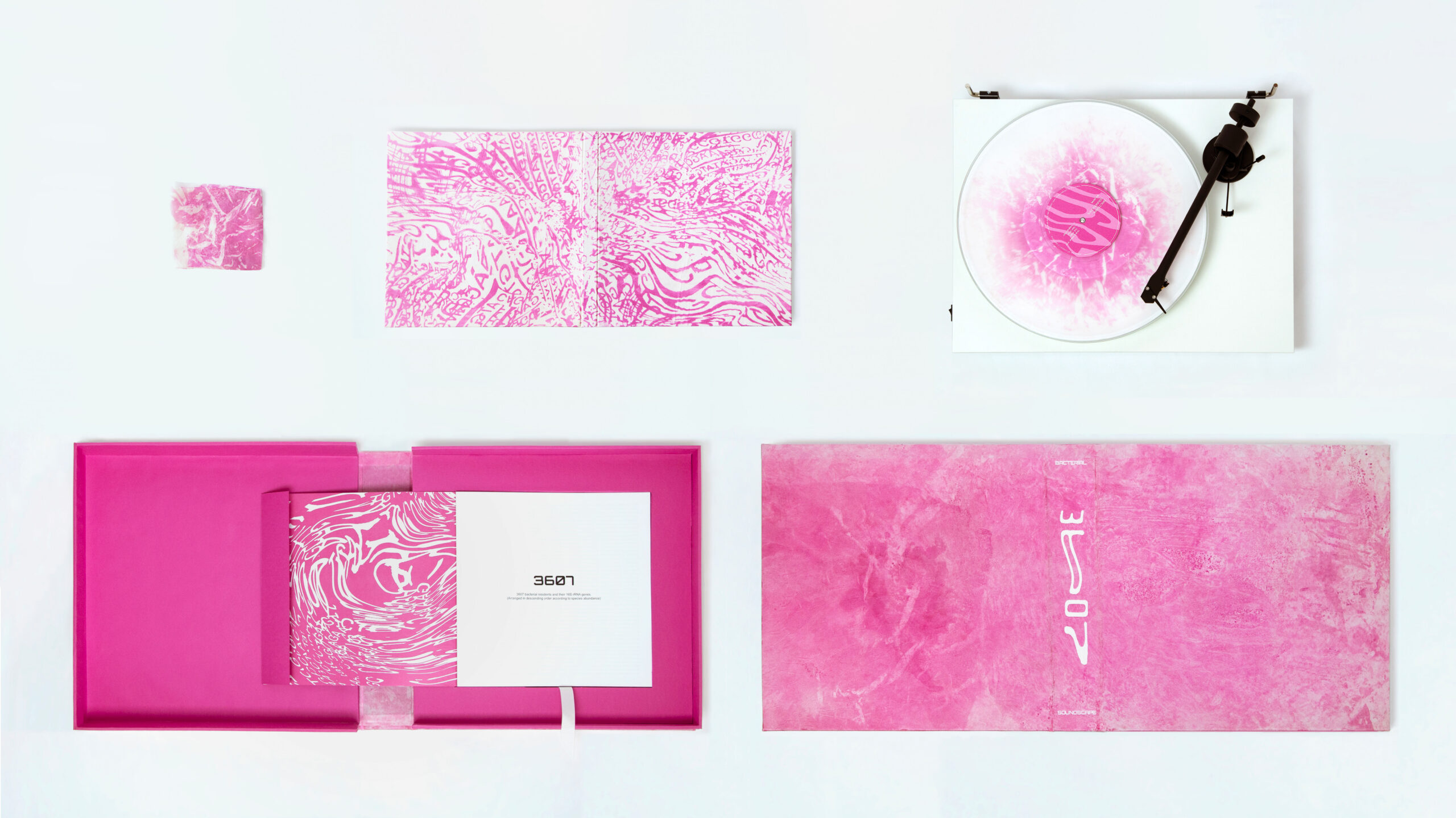
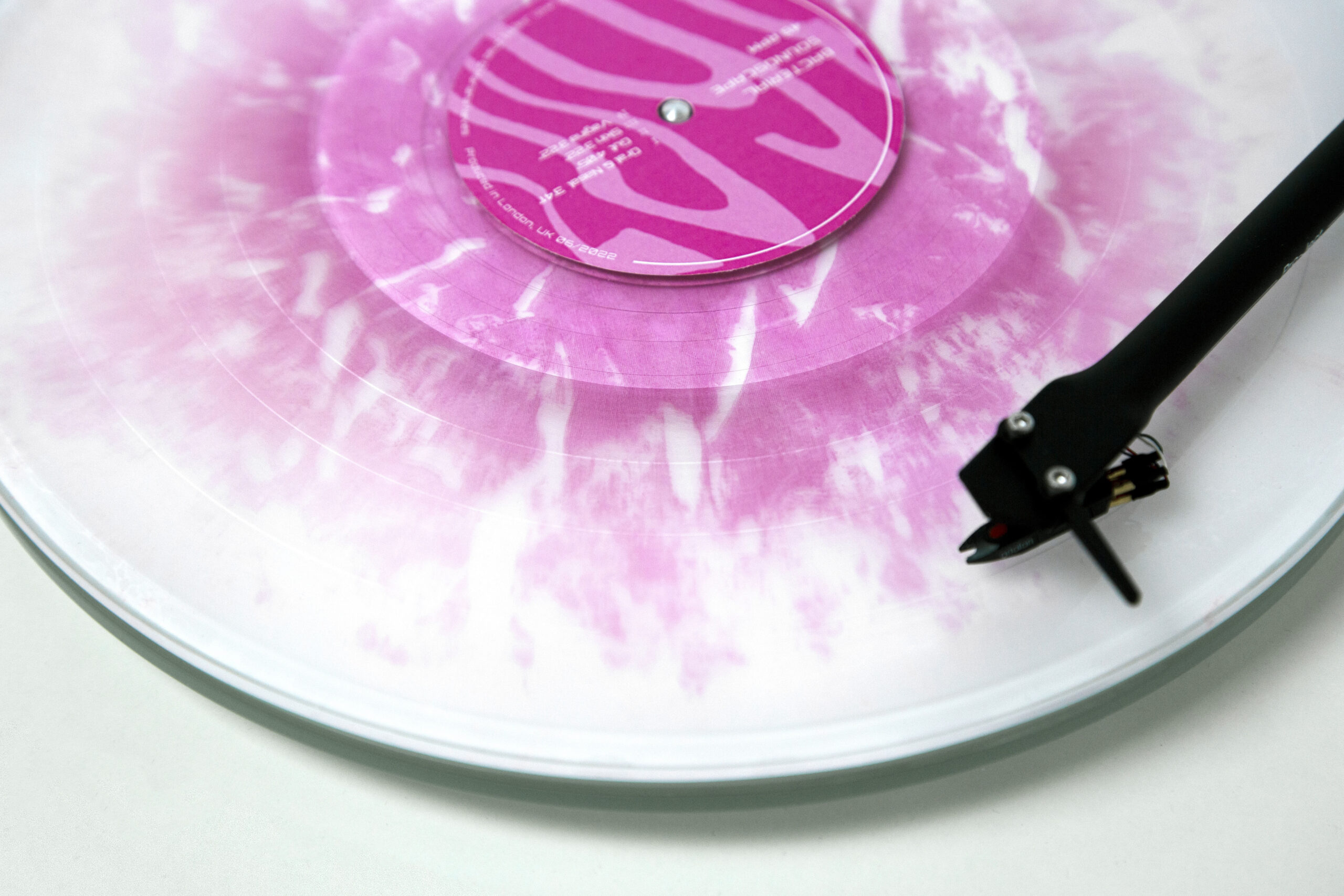
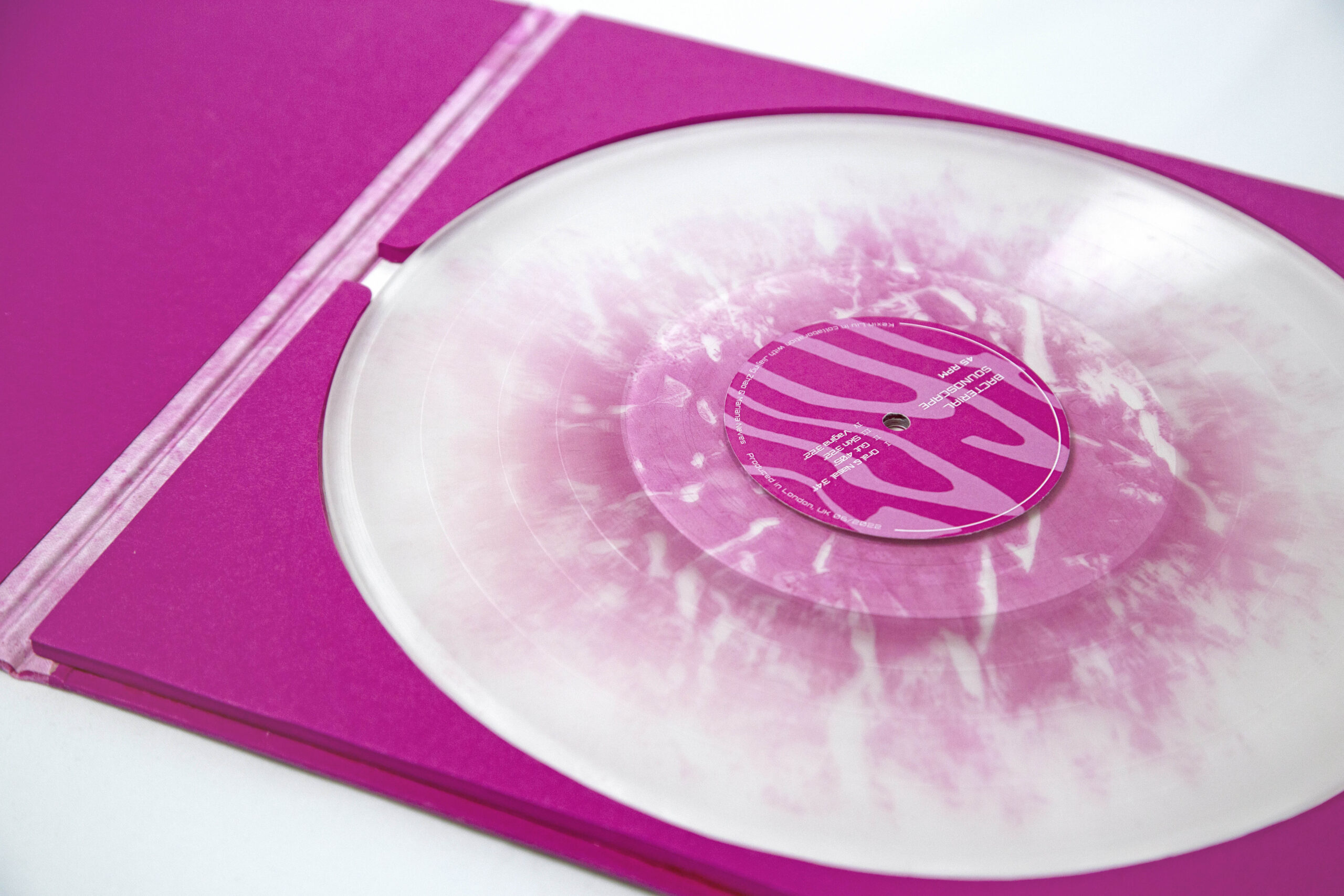
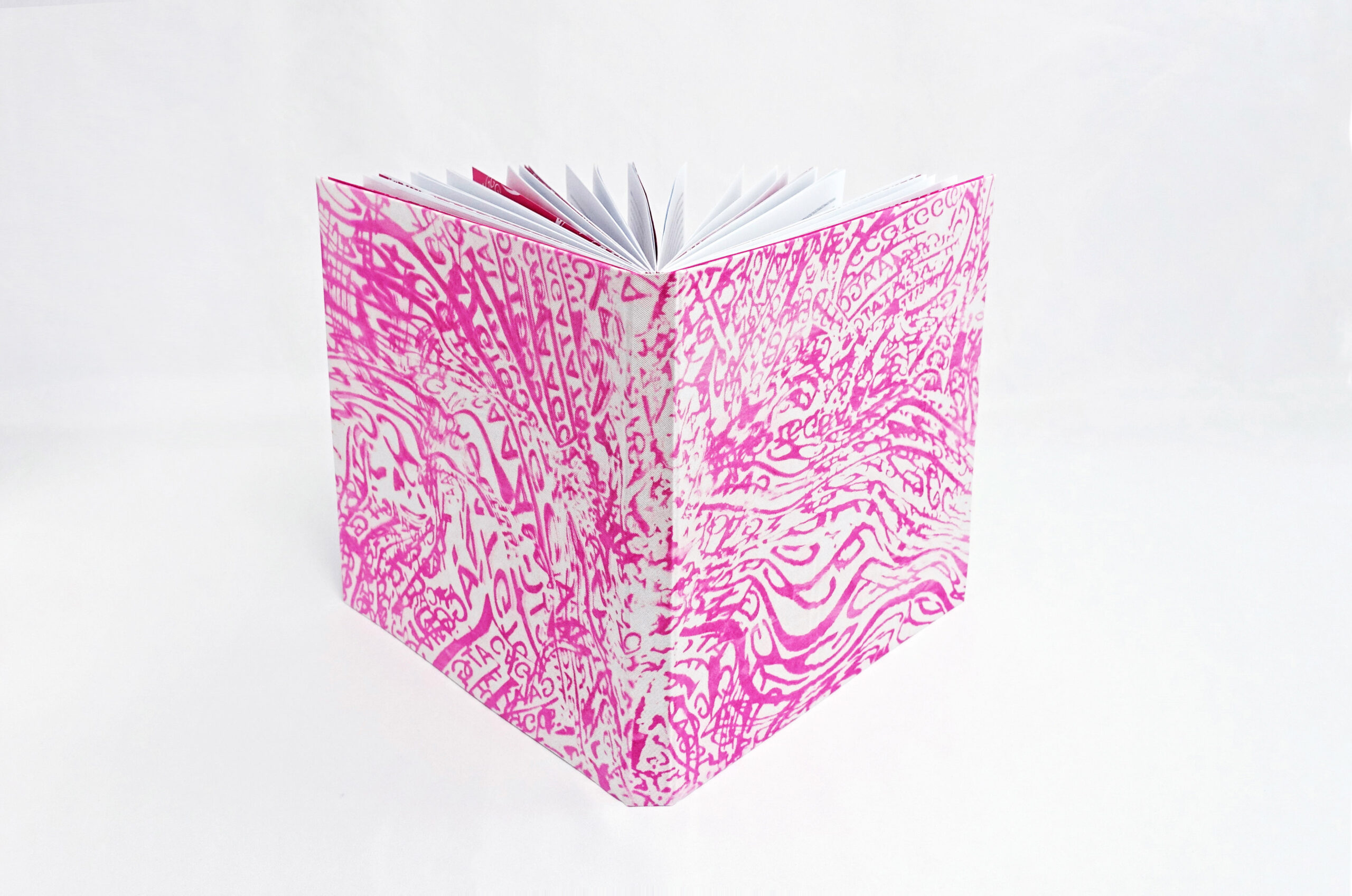
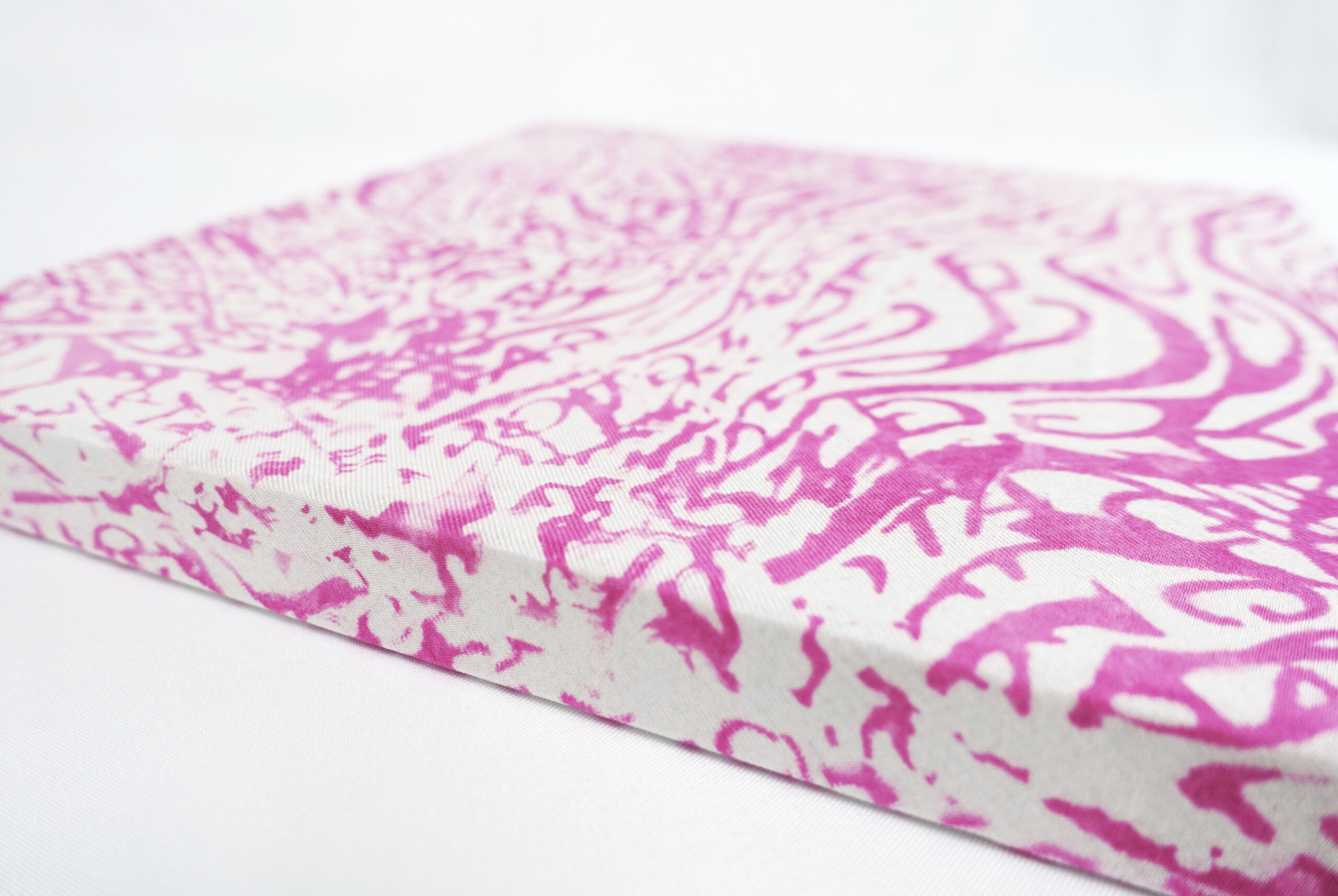
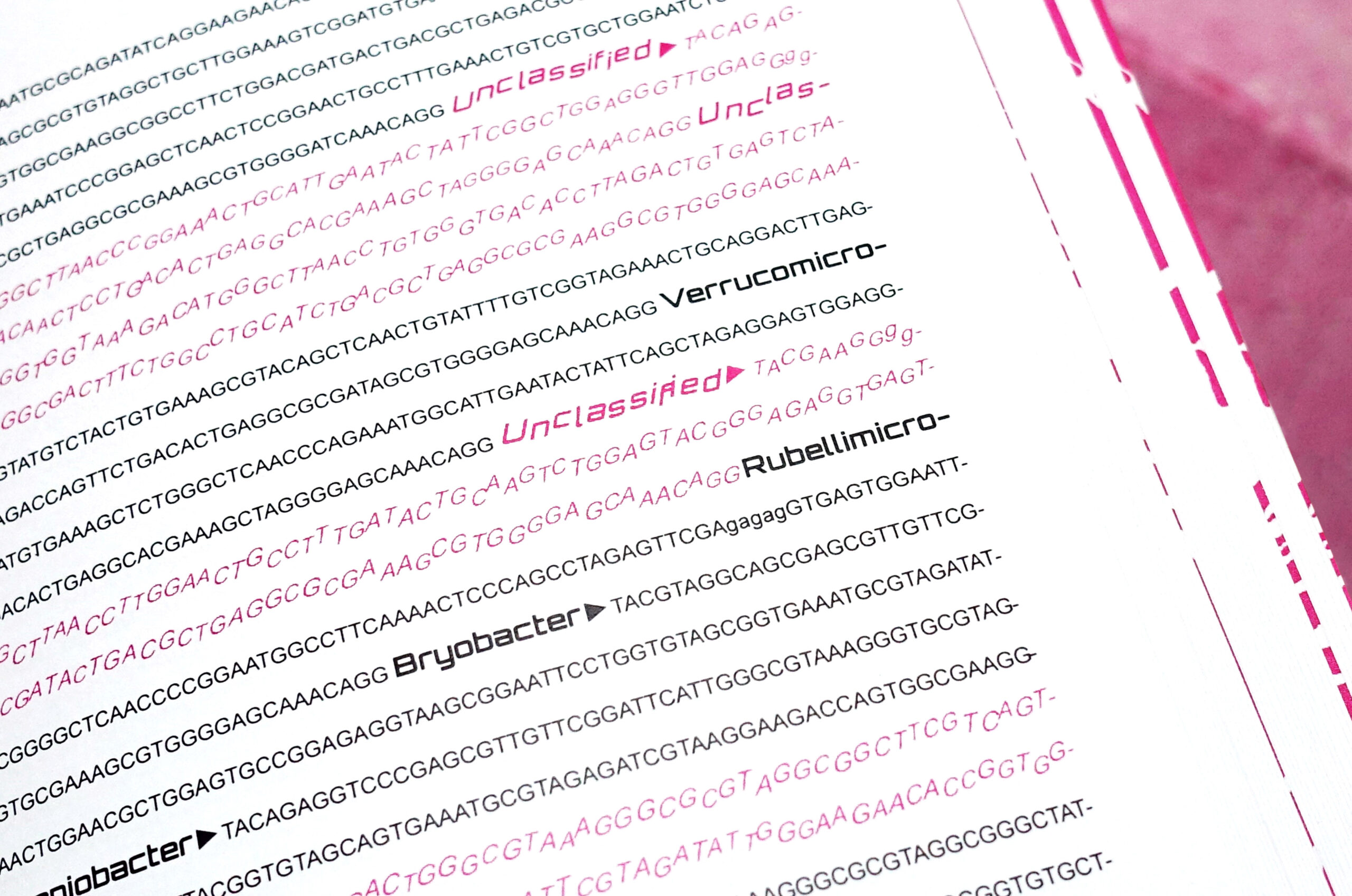
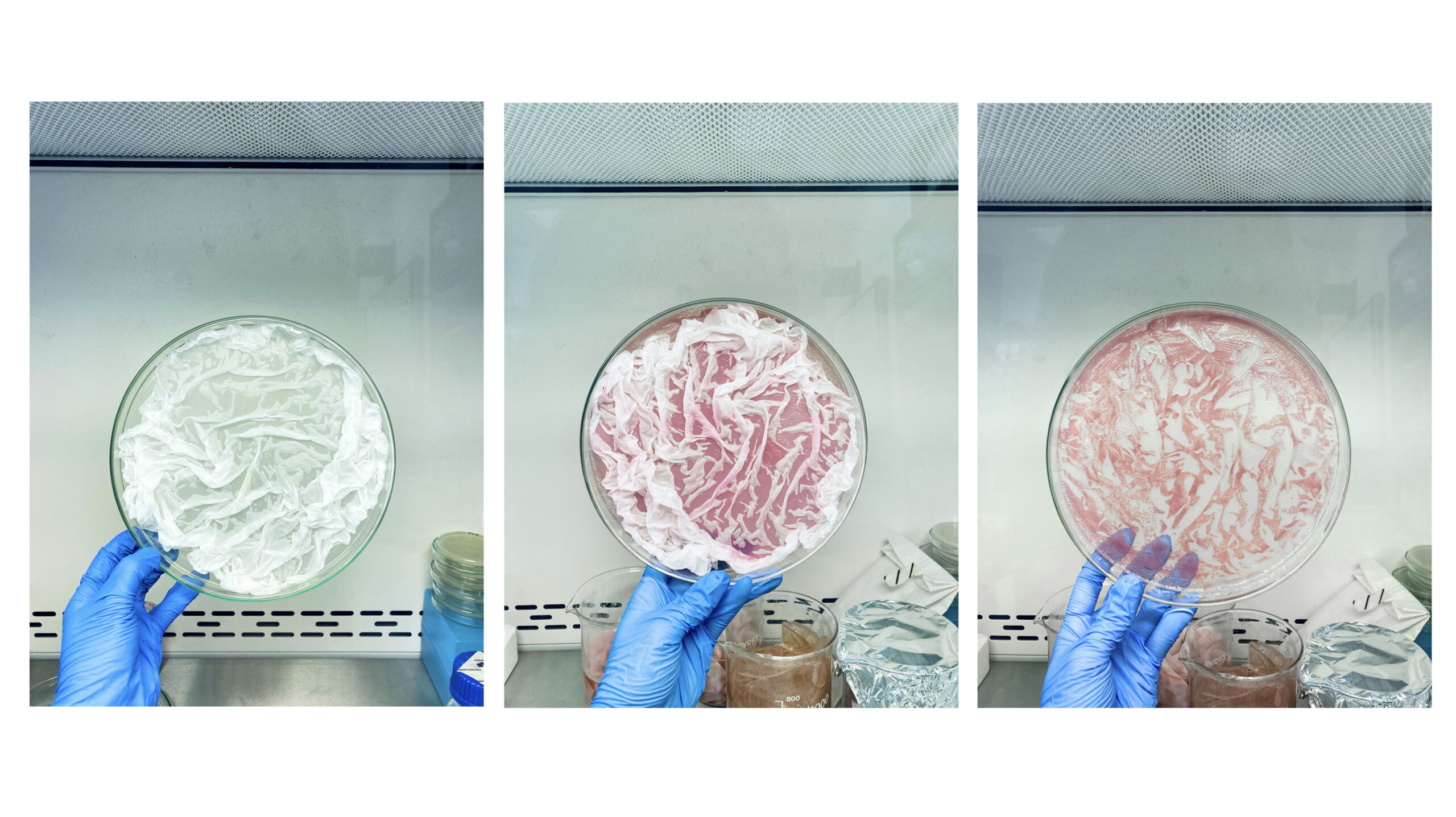
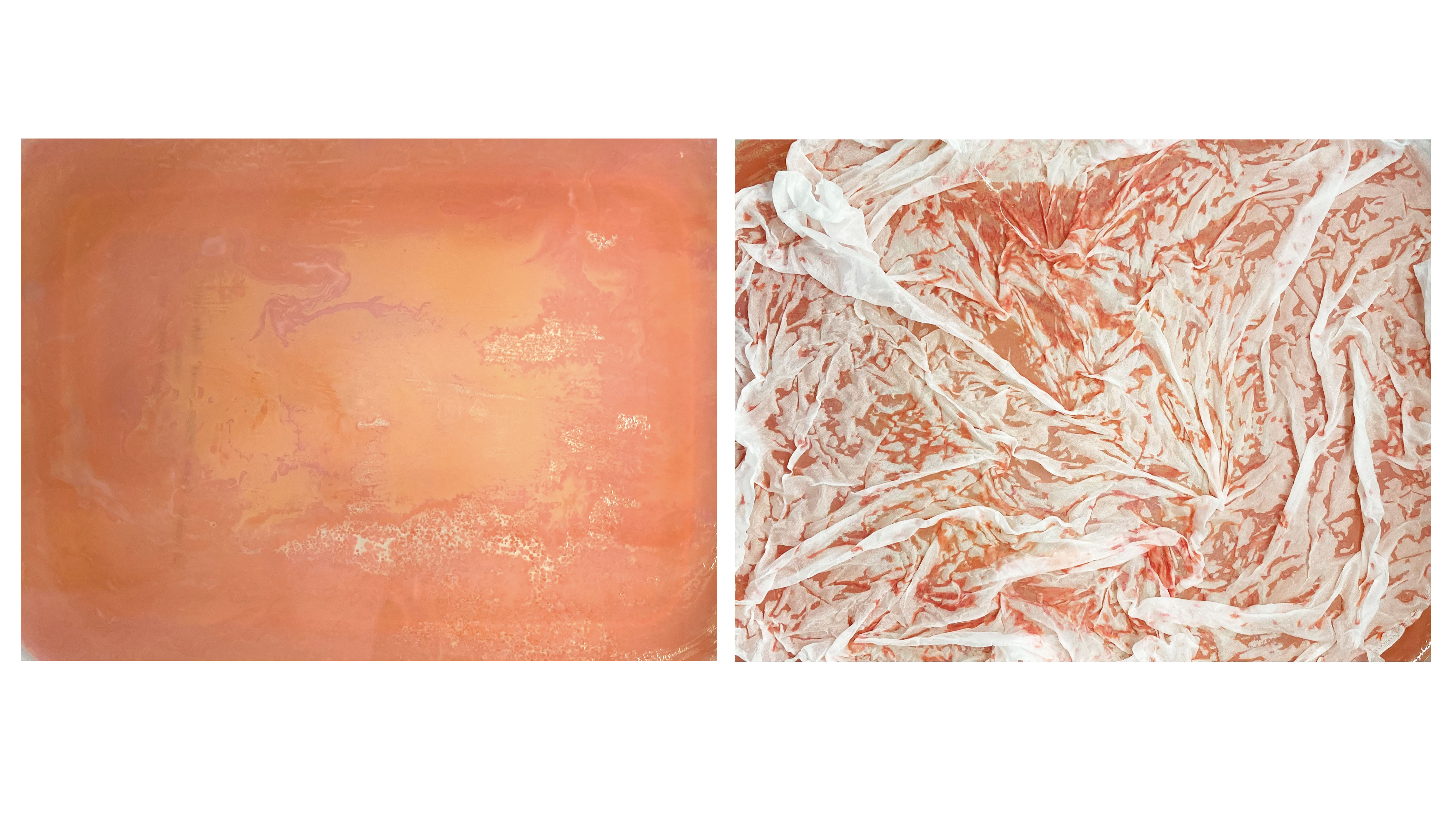
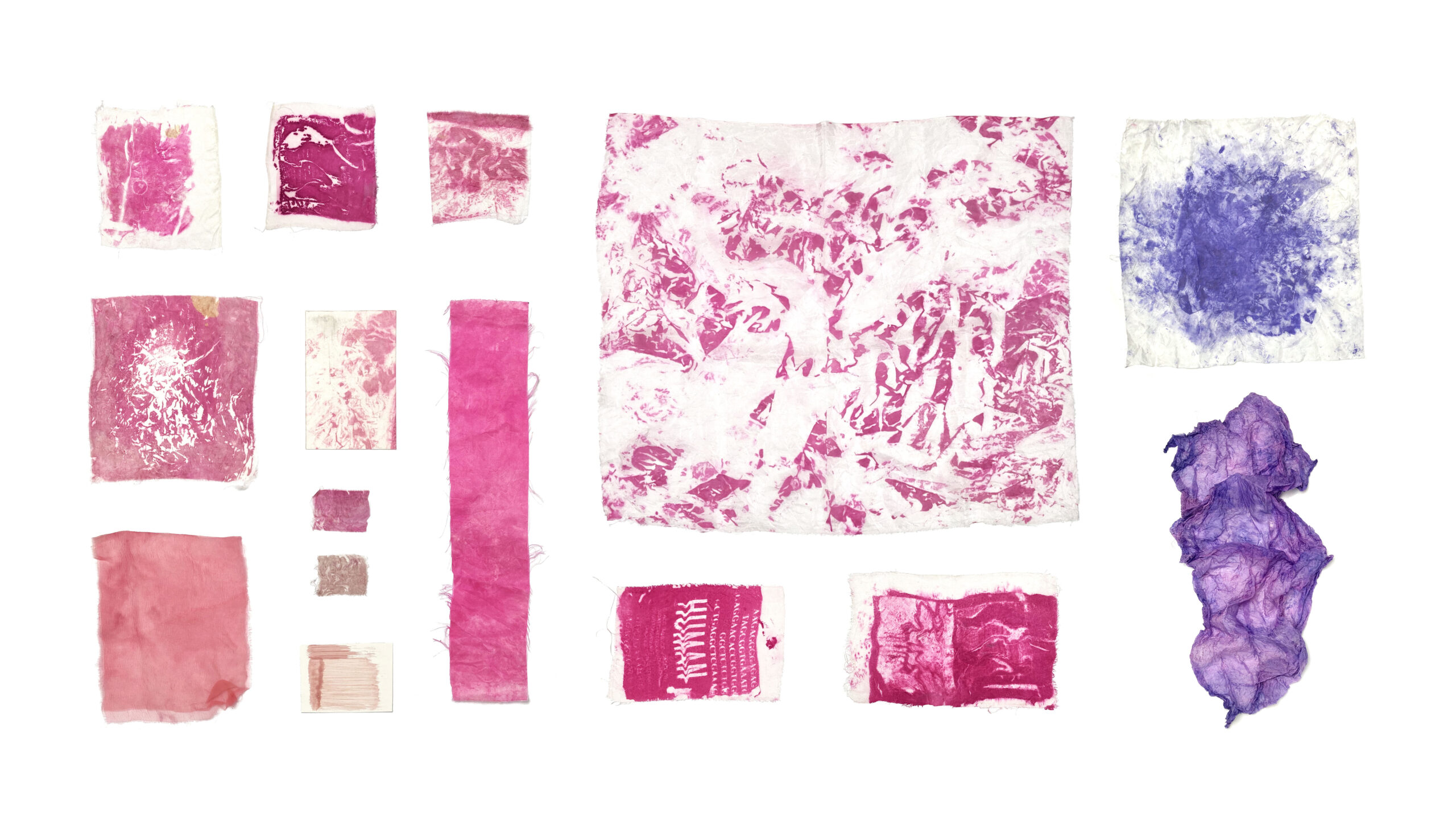
Credits
‘3607 – Bacteria Soundscape’ was created with the support of Behrens Foundation Bursary and a team of amazing creatives:
Jiajing Zhao – sound designer
Mariana Neves – graphic designer
Dr. Keira Tucker – technical consultant
Zhiyuan Cao – technical consultant, sequencing technician
Showcase, Award, and Press History
‘3607 – Bacteria Soundscape’ is the winning artwork of the 2022 Graham Hughes Award.
It has been featured in multiple art-science publications and shows since its creation. Notable instances include the publication of an article documenting its creative process in the SfAM Microbiologist magazine (Vol. 23 No. 3) and the presentation of the work at the 2022 Dutch Design Week in Eindhoven (21- 30/10/2022).
And the most recent development of this series was exhibited in the Meadows Gallery at Summerhall as part of the 2023 Edinburgh Science Festival (01/04 -15/05/2023), and group exhibition – Blurring the Lines: Art at the Intersection of Human and Artificial Creativity, at Grunwald Gallery, Indiana University, USA, (03/09/ – 16/11/2024).